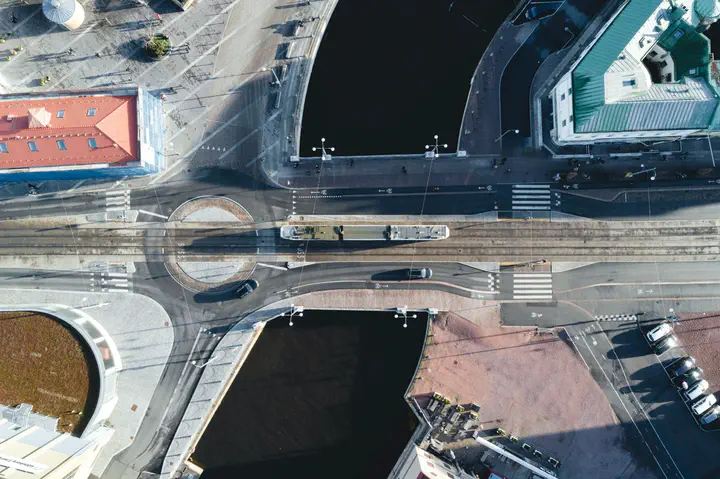Urban modelling and planning tool for energy and invisible environmental factors using AI methods
 Photo by Jonas Jacobsson on Unsplash
Photo by Jonas Jacobsson on UnsplashUrbanization is a growing phenomenon and 68% of the global population is expected to live in urban areas by 2050. In Europe, most of the required buildings already exist, but the buildings stock must be modernized to reduce the energy demand and greenhouse gas (GHG) emissions. Environmental noise exposure, mainly by road traffic, is a major environmental problem harmful to the health of 20% of Europe’s population.
The main objective of the project is to develop a demonstrator for an urban modelling tool, which uses visualization and auralization to increase the understanding of energy use and environmental impact in urban planning. The evaluation of the developed planning tool will be based on user needs. The Vinnova-funded Digital Twin Cities Centre at Chalmers hosts the research and software development.
The project spans from 2022 to 2023 and the following will be conducted:
- Create the base 3D model starting from raw datasets (building footprints and point clouds)
- Enrich the base model with windows/doors and roofs/balconies for simulations by using street view images and ML methods
- Use the enriched 3D model as a basis for wind simulations and the energy model
Involve representatives from different stakeholder groups in a series of workshops
- Conduct acoustics simulations of the outdoor sound environment
- Develop visualization solutions representing energy and noise data in the urban model in an effective way
- Disseminate the results in an application prototype
Funder: Area of Advance Energy (Chalmers)